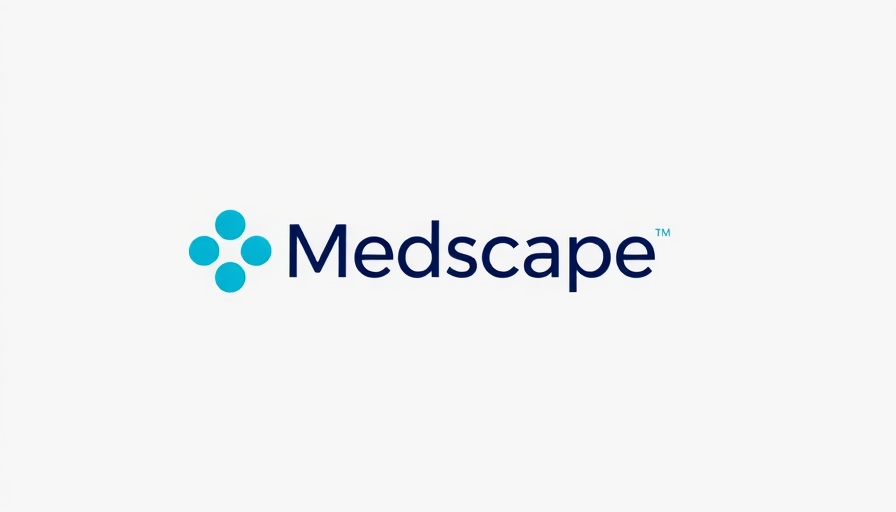
Understanding Spring Allergies and Their Impact
As the season of blooming flowers and warmer weather approaches, millions of people brace themselves for the onslaught of spring allergies. Allergens like pollen from trees, grass, and weeds can wreak havoc on sensitive individuals, causing symptoms that range from sneezing and itchy eyes to more severe reactions. Understanding the origins of these allergens and their effects can help allergy sufferers prepare adequately each year.
How to Use Nasal Spray Effectively
One crucial tool in managing spring allergies is the nasal spray. However, many individuals are unsure how to use it correctly. According to experts, it’s essential to shake the spray well before use, tilt your head slightly forward, and insert the nozzle into your nostril while aiming towards the outer wall of your nose. This technique helps the medication reach the inflamed tissue more effectively, providing better relief from symptoms.
Moreover, it is recommended that users utilize nasal sprays consistently during allergy seasons, even when symptoms are mild. This preemptive approach not only reduces the severity of reactions but also cuts down on the overall duration of exposure to allergens.
Additional Tips for Managing Allergy Symptoms
Aside from nasal sprays, there are several other strategies that individuals can incorporate into their daily routines to ease allergy symptoms. Keeping windows closed during high pollen counts, using air purifiers, and showering after being outdoors are great ways to limit exposure to allergens. Additionally, wearing sunglasses can help protect your eyes from pollen while outside.
The Role of Medication in Allergy Management
For those whose symptoms are more severe, consulting with a healthcare provider about antihistamines or corticosteroids may be beneficial. These medications can significantly lower the body's allergic response by blocking histamines that cause symptoms.
Future Predictions for Allergy Awareness
The increasing awareness about allergies and their management signifies a growing trend among individuals to actively seek solutions. Many clinics and health organizations are now promoting educational programs to inform the public about the importance of early intervention and proper allergy management.
As technology continues to evolve, we anticipate innovations in allergy treatments, such as targeted therapies designed to minimize side effects while maximizing effectiveness. These advancements could change how individuals approach their allergy management strategies in the coming years.
Finding Support in Your Community
For many, managing allergies is not a solitary endeavor. Online communities and local support groups provide valuable resources and shared experiences, allowing individuals to feel less isolated in their struggles with springtime allergens. Sharing advice and personal success stories can foster resilience and empower those who combat allergies.
Ultimately, being proactive in managing spring allergies through education and the use of effective treatments such as nasal sprays and medications can lead to a more enjoyable and symptom-free season. Stay informed, stay prepared, and embrace the beauty spring has to offer without the worry of allergy symptoms disrupting your life.
 Add Row
Add Row  Add
Add 




Write A Comment